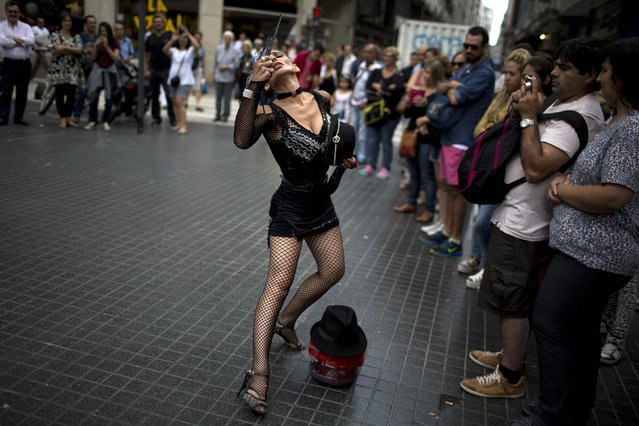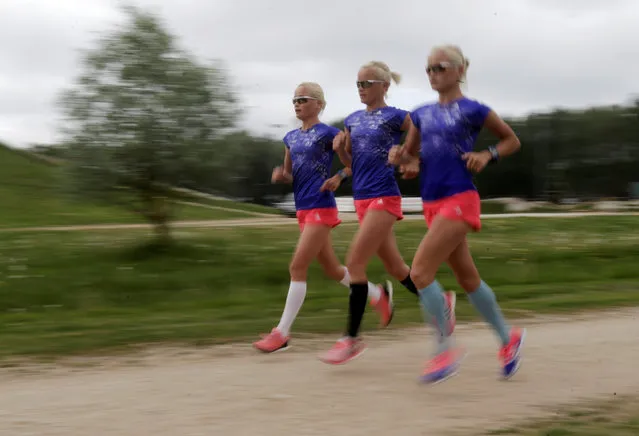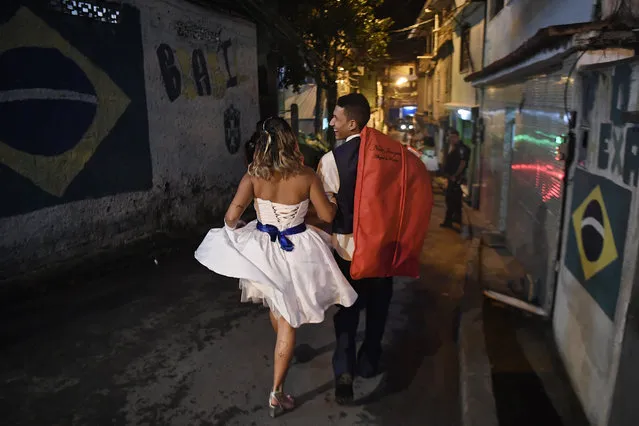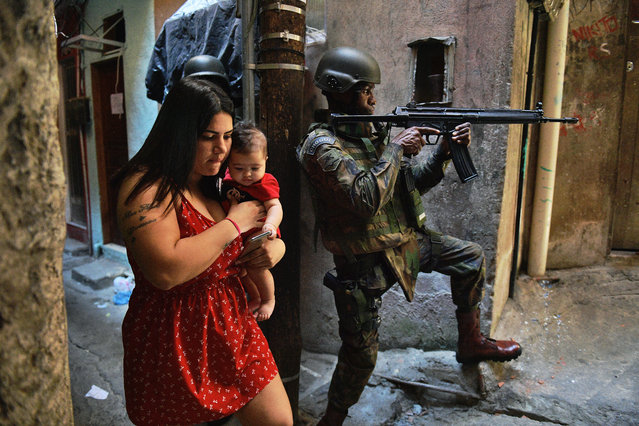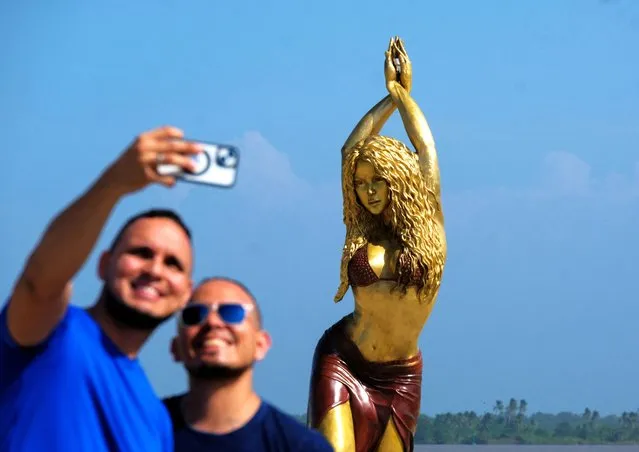
Tourists take photographs with a statue of Shakira at the Malecon in Barranquilla, Colombia, on December 26, 2023. Arms interlocked high, belly exposed, and torso folded to one side anticipate Shakira's iconic hip movement, immortalized on Tuesday in a 6.5-meter-high statue in the Colombian port city of Barranquilla, where she grew up. (Photo by Carlos Parra Rios/Reuters)
14 Jan 2024 17:54:00,post received
0 comments


